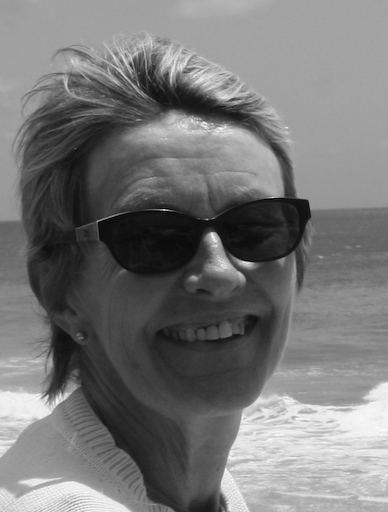Self-report scales
SRRS
- Self-report scales have been developed to measure the effect of life changes on stress levels and health
- The first was the Social Readjustment Rating Scale, created by Holmes and Rahe (1967)
- This measures the link between an accumulation of life changes and psychological or physical stress-related illnesses, by assigning life change units (LCU) to a list of 43 different life events (see the table below)
- Participants who are given the SRRS tick off all the life events they have experienced over the previous year and then add them up to gain a score that predicts their risk of stress-related illness in the next year or two
- 150 points or fewer means no stress-related health problems anticipated, while 300 points or more suggests an 80% chance of stress-related illness in the next year or two, suggesting that life changes are correlated with stress

The first ten items from the SRRS.
Hassles & Uplifts Scale
- Kanner et al. (1981) developed a Hassles and Uplifts scale to measure the relationship between daily hassles and uplifts and ill health, arguing that too much focus had been placed upon life events as stressors and not enough upon the daily hassles that wear people down and create chronic stress
- The hassles part of the scale has 117 negative items covering all aspects of daily life and the uplifts scale has 135 positive items
- Daily hassles are defined by Kanner as those irritating, frustrating and distressing demands that we all face on a day-to-day basis, while uplifts are things like meeting friends, completing a task or getting enough sleep, which make us feel better

Excerpt from the hassles section of Kanner et al’s Hassles and Uplifts scale (1981).


